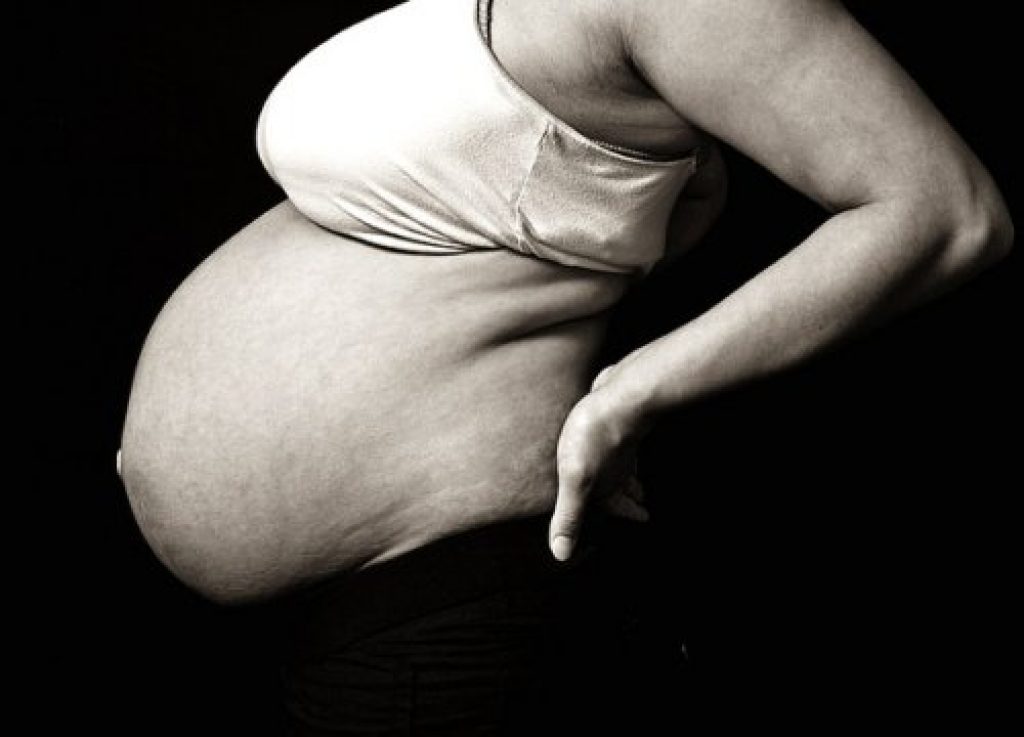
AsianScientist (Jun 20, 2014) – Researchers have identified an electrical switch in the muscle of the uterus that plays a key role in the progression into labor.
Crucially, the research published in the journal Nature Communications shows that women who are overweight have a faulty switch. The finding may explain why overweight women have a higher likelihood of irregular contractions and are more likely to require a caesarean section than other women.
It’s well known that strong rhythmic contractions of the uterus are needed to allow the baby’s head to dilate the cervix. However little was known about what controls these contractions until now.
Researchers from Monash University, the Royal Women’s Hospital and the Hunter Medical Research Institute, have now shown that a potassium ion channel called hERG in the uterus is responsible.
Acting as a powerful electrical brake, hERG works during pregnancy to suppress contractions and prevent premature labor. However, at the onset of labor a protein acts as a switch to turn hERG off, removing the brake and ensuring that labor can take place.
The team, led by Prof. Helena Parkington from the School of Biomedical Sciences at Monash University, found that in overweight women the switch doesn’t work, failing to turn hERG off.
“We’ve known for years that women who are overweight are much more likely to experience complications during pregnancy and labor–but we didn’t know why,” Professor Parkington said.
“Pinpointing the mechanism is a major breakthrough, not only does it ensure a smooth pregnancy, but knowing when contractions kick in at more or less the right time is crucial to our understanding of the labor process.”
Figures from the Royal Women’s Hospital show that over 50 percent of Australian women are overweight or obese; including 35 percent of women aged 25-35. As a result, clinicians are seeing more pregnant women who are overweight. These women are far more likely to experience complications during labor and delivery and require medical intervention.
By analysing uterine muscle biopsies from 70 pregnant women, the team found striking differences between overweight women and those of a healthy weight. Testing the electrical signals in small amounts of uterine tissue taken from women who had an elective caesarean before labor started and women who needed an emergency caesarean during their labor, proved that hERG was dysregulated in overweight women.
Professor Parkington said this is the first time that the brake and the protein controlling it have been identified in uterine muscle. The insight could help to reduce complications during pregnancy and labor in overweight women.
“Now we know what is responsible for malfunctioning labor in overweight women, we can look to develop treatments to correct the ‘faulty’ switch and ensure both safer pregnancies and labor for women and their babies,” she said.
The next phase of the research will look at developing a safe, effective and specific treatment, for example a new drug that turns off the switch to allow labor to start and progress.
The article can be found at: Parkington et al. (2014) Diminished hERG K+ Channel Activity Facilitates Strong Human Labour Contractions But is Dysregulated in Obese Women.
——
Source: Monash University; Photo: J.K. Califf/Flickr/CC.
Disclaimer: This article does not necessarily reflect the views of AsianScientist or its staff.












